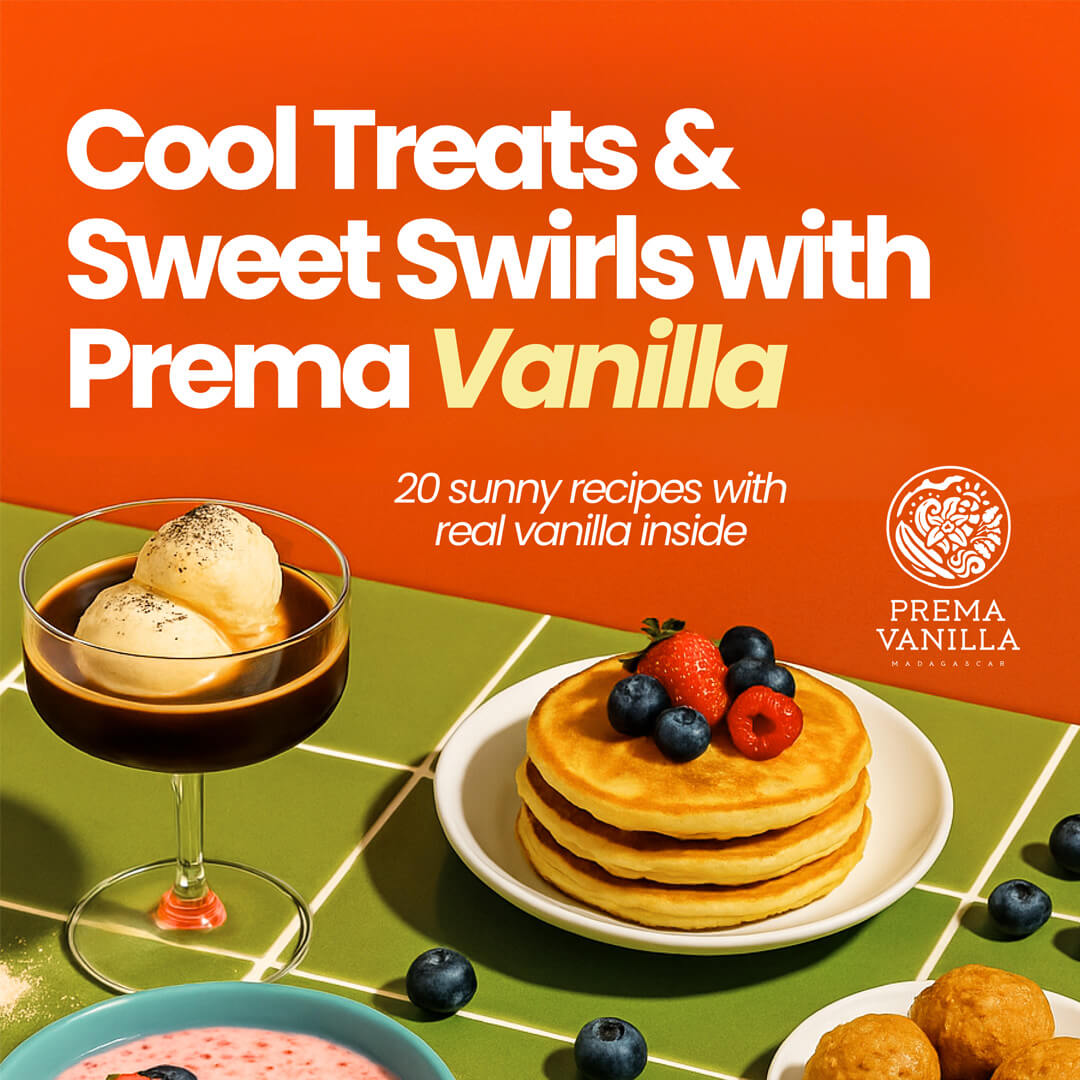Vanilla, originally from Mexico, Central America, and the Caribbean, is now cultivated in many tropical regions worldwide. Madagascar is the leading global producer, renowned for its high-quality vanilla beans. This guide addresses key questions about vanilla production, including its primary growing locations, the possibility of growing it in the United States, and the differences between natural and artificial vanilla. Additionally, it provides tips on storing vanilla beans and extracts, explains non-alcoholic vanilla products, and clarifies terms like "French vanilla." This concise overview offers essential insights into the world of vanilla for both culinary enthusiasts and curious readers.
Where is the majority of vanilla grown globally?
Madagascar is the top vanilla producer globally, with Papua New Guinea following. Other major producers have included Indonesia, Reunion, and the Comoro Islands, and vanilla is also cultivated in tropical regions like India, Fiji, Tonga, the Caribbean, and East Africa. Although Tahiti is historically known for Tahitian vanilla, Papua New Guinea also produces this variety, albeit with different quality.
What is French vanilla?
French vanilla isn't a type of vanilla but refers to an egg custard base used in ice cream. The term is often used in the fragrance industry to describe products with an exotic or romantic appeal, like perfumes and candles.
My vanilla beans are extremely dried out. Do they perform well?
Yes, dried vanilla beans are still usable. They can rehydrate when soaked in liquids like milk or cream, particularly for making custards. Alternatively, they can be ground to flavor sugar, coffee, tea, or desserts, and adding them to a jar of sugar can help them regain some moisture.
Isn't artificial vanilla just as tasty?
No, artificial vanilla contains only vanillin, which is just one component of the complex flavor profile of pure vanilla. Pure vanilla includes many additional compounds, giving it a richer and more nuanced taste and aroma than synthetic vanillin.
Do non-alcoholic vanilla extracts work?
Yes and no. Non-alcoholic vanilla flavorings, typically made with glycerin or propylene glycol, cannot be labeled as pure vanilla extract by FDA regulations but contain the same vanilla bean extractives. They offer a suitable non-alcoholic alternative for flavoring dishes and drinks.
Do your vanillas have sugar in them? How much, if at all?
Vanilla is naturally sweet and doesn't need added sugar. Historically, vanilla extracts made as tinctures contained at least 25% sugar. Some extracts use sugar or corn syrup, while others do not. Our extracts contain no added sugar, corn syrup, or caramel coloring. Despite FDA regulations requiring ingredient disclosure, many companies do not fully comply.
How should vanilla beans and extract be stored?
Vanilla extracts should be stored in a cool, dark place to protect them from light. Vanilla beans should be kept dry and in a cool, dark location to prevent mold. Wrapping beans in waxed paper before placing them in a jar can help in humid environments. Avoid freezing or refrigerating beans or extracts, as this can damage their quality.
How long does extract stay effective?
Vanilla extract can last several years if stored away from light and heat, improving in quality for about two years before stabilizing. Exposure to heat or light can cause deterioration. Pure vanilla extract does not have a set expiration date.







